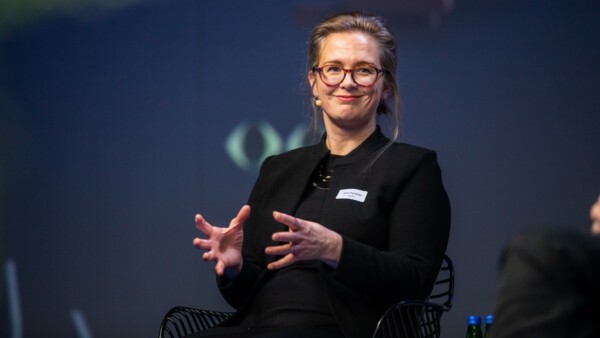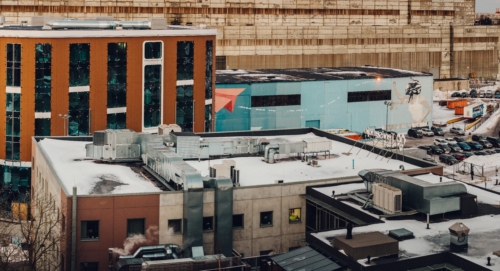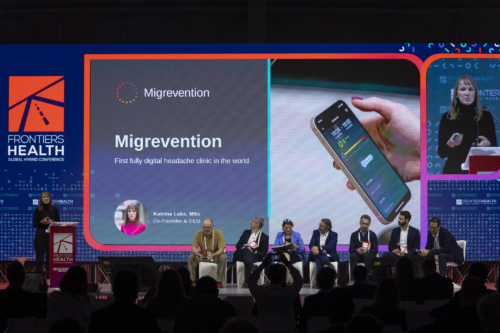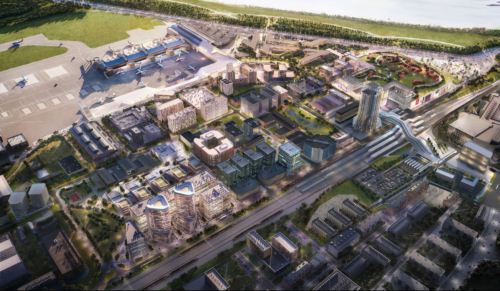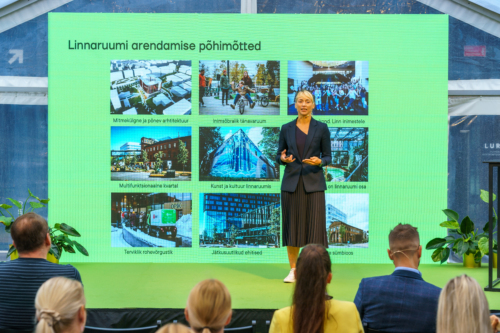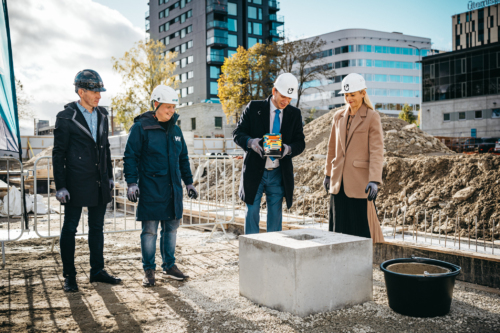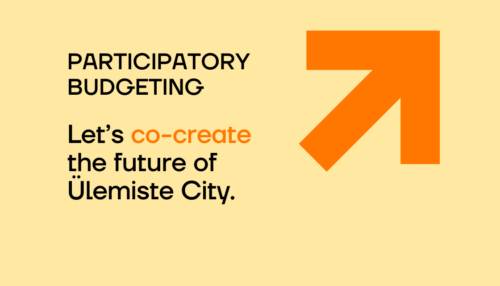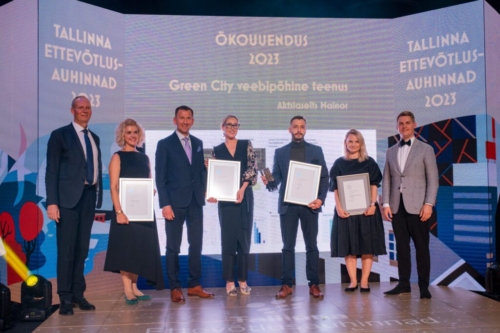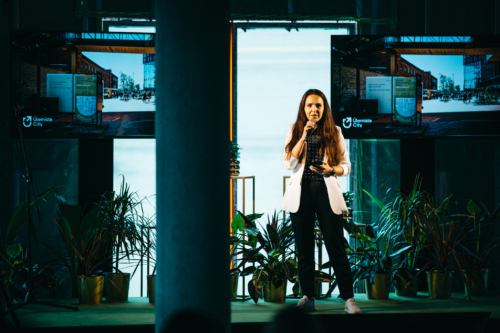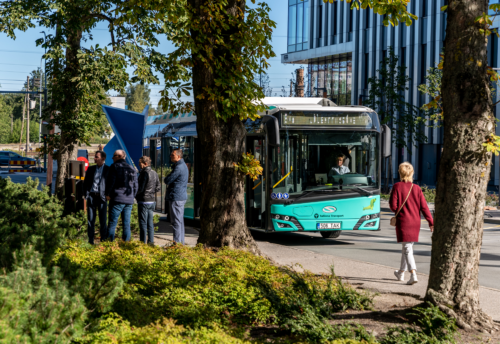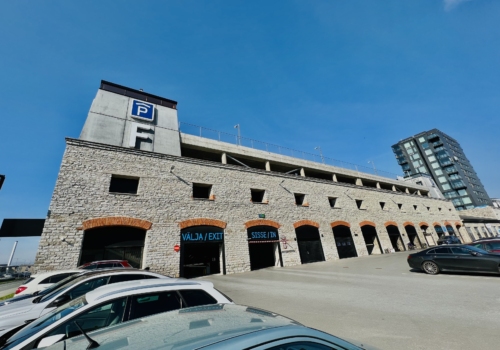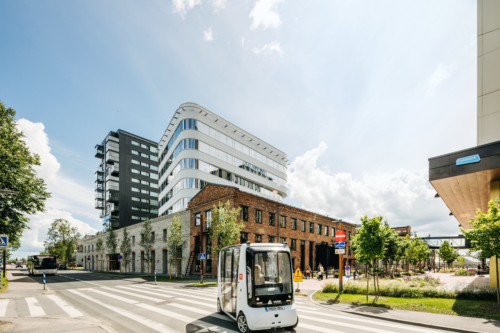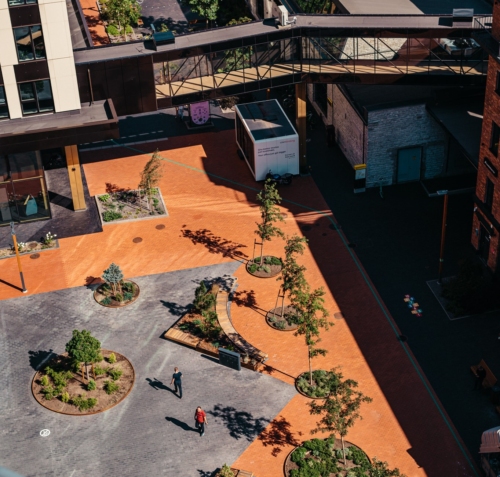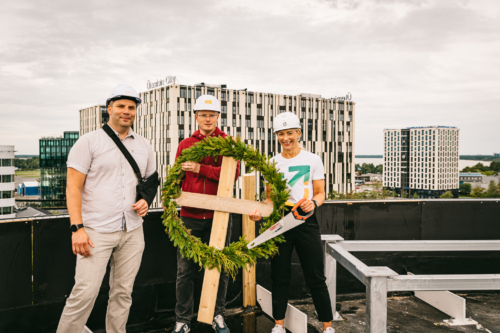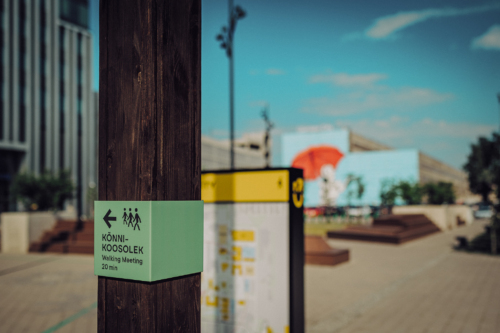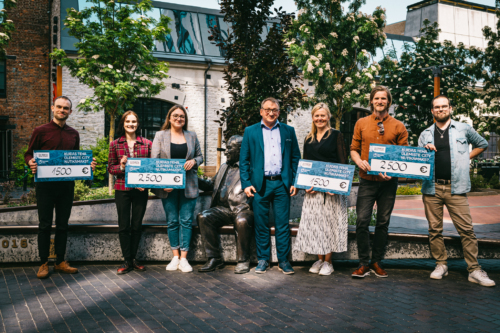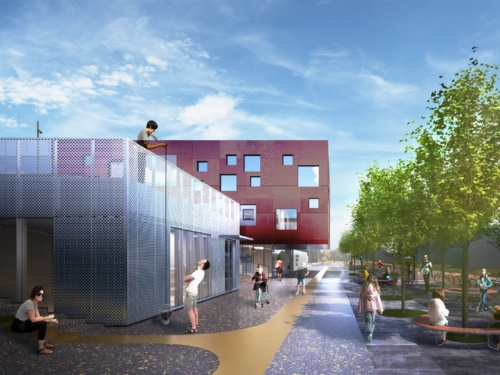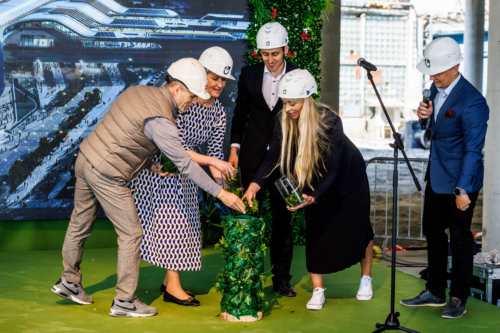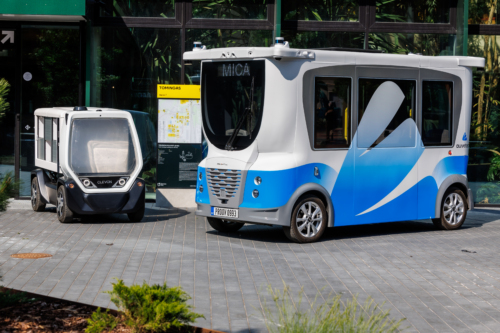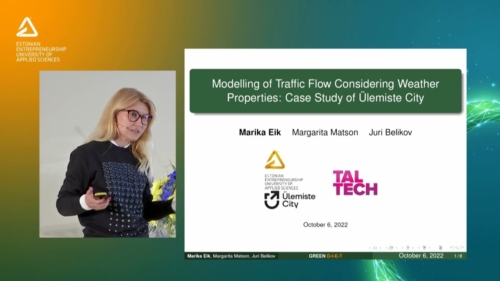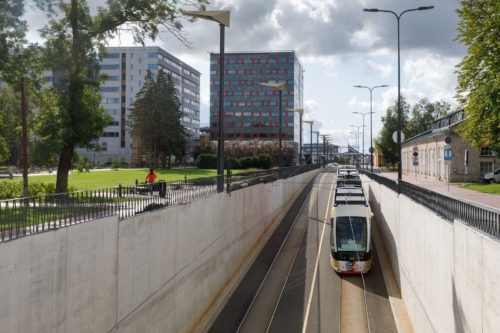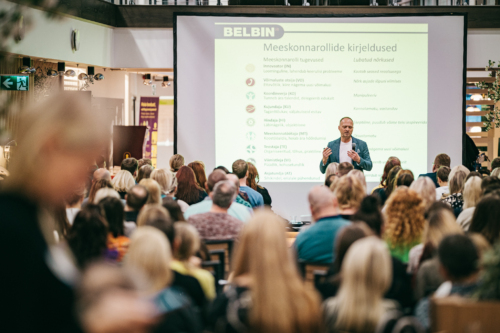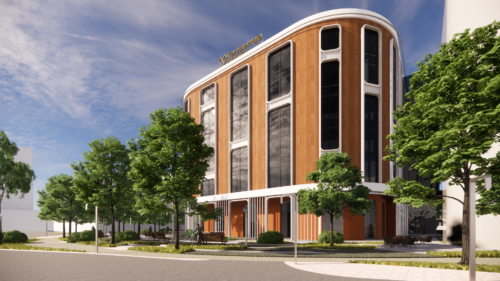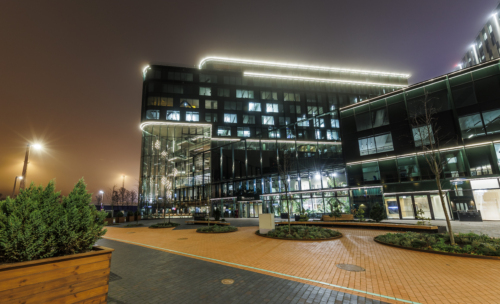Jenni Partanen: The main enduring feature of cities is constant development and change
There’s a fresh breath of air in cities: many areas are becoming more humane and comfortable due to technological advances. This is done through energy consumption, networks, transport connections and various applications that make people’s daily lives easier.
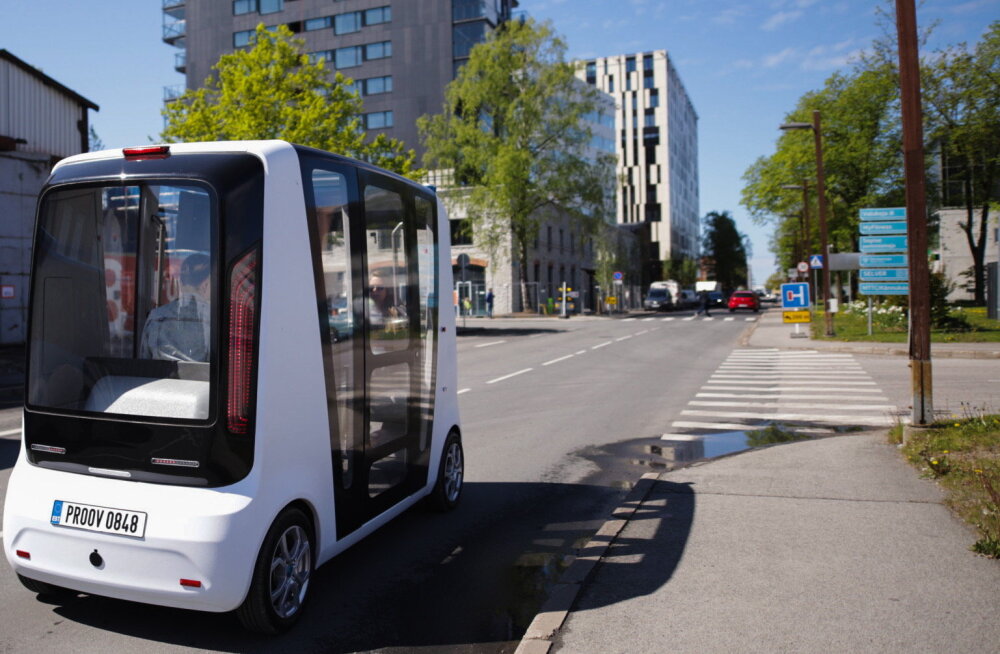
On 8 October, a seminar was held at TalTech to discuss the future of cities with researchers and entrepreneurs. Jenni Partanen, Professor of the City of the Future at TalTech’s Department of Civil Engineering and Architecture, talks in greater detail about what smart cities are and what can be expected in the future of urban planning.
What is a smart city?
A smart city is a complex concept that cannot be given a specific definition – but the main common feature of smart cities is technology, which plays a key role. The smartness of cities is indicated by the quality of life in the city, the parameters of which can be, for example, transport, economic performance, but also social cohesion.
More generally, it covers all technical solutions: from self-driving cars to tracking systems or energy-efficient artificial intelligence. At the individual level, this means the use of smart device applications, social media, games, and various networks. The system that comes out of it all is very complex and unpredictable, but that is why it is also extremely exciting.
Instead of smart cities, I prefer to talk about cities that operate through technology, because technology is the link between people, buildings, and the urban space.
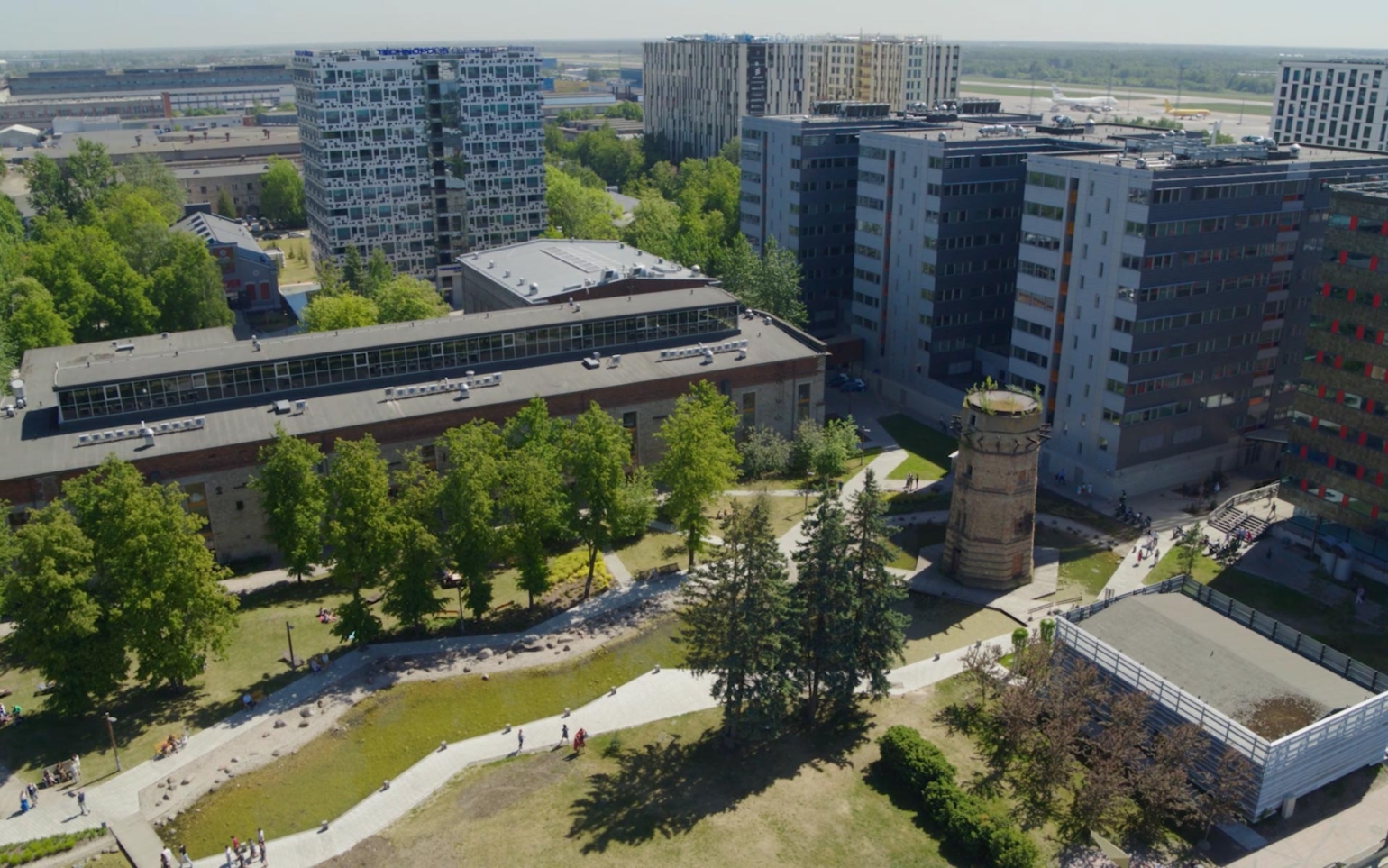
Is Ülemiste City a smart city?
According to the definition proposed in the previous question, Ülemiste City is undoubtedly a smart city. It’s a top example of innovative, and exciting urban planning, and Ülemiste City is definitely a good way to experiment with different solutions, designs and applications that make up a high-quality urban space. The future is bright, because we already have an extensive amount of data thanks to Ülemiste City, which can be used wisely when developing and implementing new ideas.
Could Tallinn and Tartu also be smart cities in the future?
It’s one thing to make a region or district smarter, transforming an entire city is a much bigger process. In cities, countless different processes take place at the same time, behind which there are thousands of individual choices and actions. All of this is very difficult to monitor, manage, control and exploit. In the case of a smaller area, this development is certainly much easier.
Of course, this does not mean that cities cannot become smarter. For example, we can make the use of technological tools easier and more popular and monitor whether and how they affect people’s lives.
Tallinn and Tartu will become smarter in the future, just not in precisely the way as Ülemiste City. In fact, no city is ever completely ready – everything is constantly moving and evolving.
What are some of the most exciting and significant examples of smart cities in the world?
There are both good and bad examples in the world. The bad ones are, in some ways, even more interesting, because that way you can find out how and what not to do. One example is the use of technology to constantly monitor, control and repress people. There is certainly no such practice in democratic societies, and we should all avoid our reality suddenly becoming an episode of Black Mirror at all costs.
However, good examples are those where technology helps cities to improve to manage traffic, energy use and fast communication. Among the megacities, London, New York, Tokyo and Paris, and among the smaller cities, Amsterdam and Reykjavik, are definitely worth mentioning.
Estonia is a small country, but this could prove to be an advantage in implementing innovations. Could Estonia and Ülemiste City be an example to the whole world?
Undoubtedly, Estonia is already an international example in terms of smartness. Ülemiste City is perhaps even Estonia’s number one platform, used by various IT companies and technology developers to test new solutions and assess impacts.
The future of Tallinn and Estonia is very bright, thanks to the right attitude and visibility. The Tallinn City programme Tallinnovation, for example, has greatly contributed to the latter – all such initiatives will certainly accelerate the development of the city.
